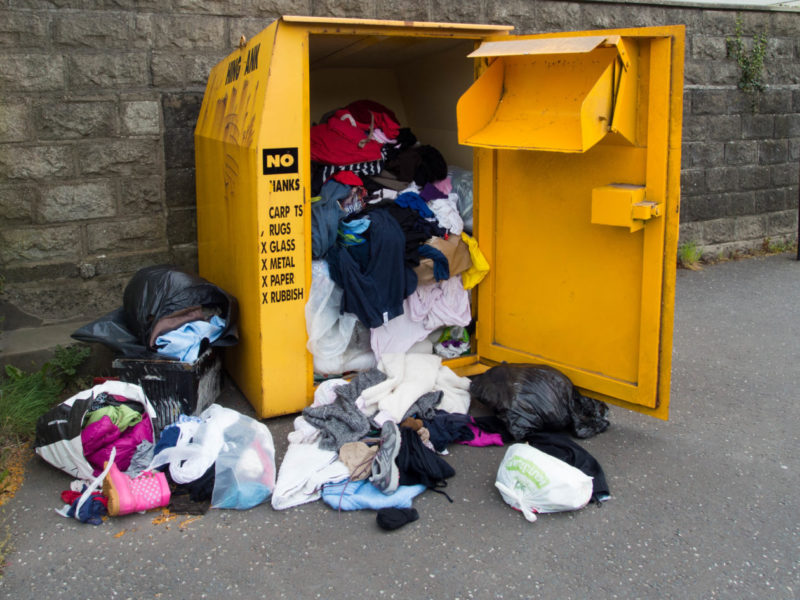How Does the Fast Fashion Industry Affect the Climate?
by Lewis Knox
Recently, climate researchers and businesses alike have been searching for ways to reduce the fashion industry’s impact on the climate, which currently makes up for 10% of humanity’s carbon emissions.
What is the fast fashion industry?
The dictionary defines “Fast Fashion” as “inexpensive clothing produced rapidly by mass-market retailers in response to the latest trends”.
This means large amounts of trend-specific clothes are being made each season (with the clothes usually being replaced after a three-month period). This creates a great amount of wastage in the clothing industry, as people keep their clothes for significantly less time. This creates a greater demand, demonstrated by the fact people bought 60% more clothes in 2014 as compared to the year 2000.
Think about it like this: do you like buying new clothes every few months and find that you don’t like wearing older clothes? This suggests you might be a victim of the fast-fashion craze!
Shops like Primark and Boohoo have been accused of making the fast-fashion trend even more of an issue.
What does this have to do with the climate?
The production process of clothing is very damaging with 60% of the material used by the industry being made of plastic.
To dispose of clothing in a climate friendly way is very difficult. For example, 85% of all textiles go to the dump each year, where they will be incinerated or put into landfills – further polluting the planet. “Around 20% of industrial wastewater pollution originates from the fashion industry” filling our oceans with harmful chemicals.
Also, most of our clothes are not produced in the United Kingdom and have to travel great distances – from places like Bangladesh or Thailand – by boat or air. This causes even higher carbon emissions.
What can you do as an individual to help?
As an individual, it can be difficult and costly to find green businesses. This is especially true when the fast fashion industry is usually cheaper and more accessible. However, you can lessen your personal impact by avoiding shopping for short-lived trends, instead investing in well-made clothes. You will keep and re-wear them for a longer period of time, reducing the amount of harmful clothing waste on our planet. You should also try to find clothes that have been produced in the UK, where possible. Oh, and you might even want to try some second-hand clothing shops.
Sources
Oxford Dictionary
Environmental Sustainability in the Fashion Industry – Geneva Environment Network


